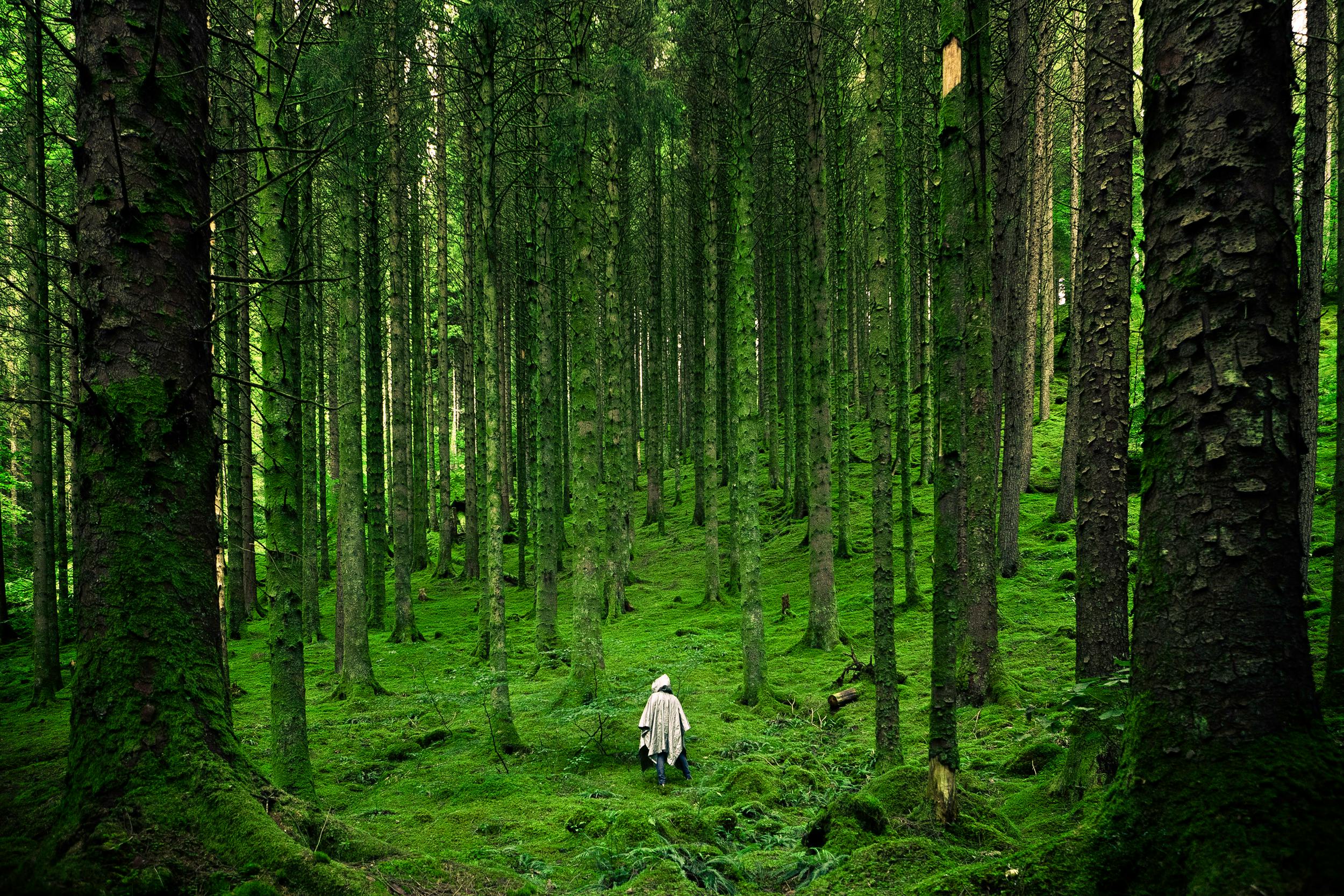A Green Death

In recent years, growing concern over our environmental impact has caused us to focus on areas where we can “green” our lives…less plastic, more composting, more recycling, smaller carbon footprints…you get the picture. It should come as no surprise, then, that there is a growing focus on having a green death. But what does it mean to have a green death?
A History of Green Burial
This may surprise you, but green burial is not some new, innovative concept brainstormed in recent decades. If you rewind time all the way back before colonization, green burial was the norm. After death and ceremony, people would place the bodies directly in the ground, tombs, or water or, in some cultures, burn them without using wood. As Western influence grew throughout the world, people largely shaped funeral practices based on contemporary approaches to death and out of necessity.
For example, during the Civil War, soldiers’ bodies killed in battle often began to decompose naturally before their families could receive them. Understandably, families already devastated by their loved one’s death would be even more heartbroken to receive an unrecognizable corpse. To address this, scientists developed chemicals that, when injected into a dead body, delayed the decaying process. In history, the benefits of embalming were better than the (unknown at the time) risks.
However, as history progressed and various social influences rose and fell, Western society began to fear death and then, eventually, view it as a failure. This rejection of death led us to continue practices that kept death at a distance even when it was at our front door (this is a whole different post…check back later!). Unfortunately, those practices and the residual fear that has been cultivated in our society causes us to cling to practices that are harmful to the environment.
A Word of Caution
Proponents of green death highlight the environmental harms caused by conventional methods (embalming and cremation) using dramatic language in order to emphasize it’s effect. Words such as “toxic” or dismissals of wanting a headstone ignore the histories of many cultures and religions who may value cremation or gravestones as imperative to their culture surrounding death. Hindus, for example, believe that the spirit leaves the body in order to journey to the next place through cremation. This belief is center to how they approach death, and to hear it described as “toxic” is alienating and harmful.
As is typical, White people have largely developed the narrative around the green burial movement, leading to the dismissal of the rich history of green burial honored by other cultures, or alternatively, why it may not be an appropriate option. If you’re interested in reading more about this delicate topic, I highly recommend checking out this article.
Why Choose a Green Death
When deciding on whether or not to choose a green death, it is imperative to consider several variables. These include religious and cultural beliefs, as well as practical matters like accessibility and affordability. While many green burial options are less expensive than conventional options, there are some options that, as of now, are more expensive. Second, some green burial methods may not be legal in your state. Natural Organic Reduction, commonly referred to as human composting, or alkaline hydrolysis (AKA aquamation) is only legal in a handful of states currently. Options like a sea burial may be attractive, but unless you live by the ocean may not be feasible.
For some, choosing a green burial may be another step in limiting one’s impact on the environment. For others, seeing green burial as the ultimate way to reconnect with nature leads to them choosing it.
Ultimately, the green death movement, I believe, is about having options and knowing that you have options. Many in the funeral industry who profit off of the expensive forms of conventional will not inform potential customers of green burial options because, as I mentioned before, it is often less expensive. If you are interested in learning more about green burial and what options may be available to you, do not hesitate to contact me.
Until next time,
Beth
July 22, 2024
- Laurie J.
The additional grief doula training Beth has completed makes her service unique, as she is able to offer additional insight and support for families as they move through bereavement. As a fellow end-of-life doula, I endorse the care that Beth provides, and refer to her patients I’m unable to accommodate. Compassion, firsthand experience, and her willingness to go above and beyond make Beth’s doula practice a great choice for any family.
testimonial
Beth’s background in caring for her mother at end of life gives her a unique perspective on not only the needs of the patient, but also the needs of the family.
As an End-of-Life Doula, I am not a medical professional and cannot and do not offer medical advice or care.
Based in Plymouth, Minnesota
@compassionatetransitions
You can view my profile on the Grief Support Center National Directory, a resource connecting people to grief support professionals nationwide, here: Grief Support Center Profile
COPYRIGHT 2023 COMPASSIONATE TRANSITIONS | BRANDING & WEBSITE BY THE MUG CREATIVE
PRIVACY POLICY